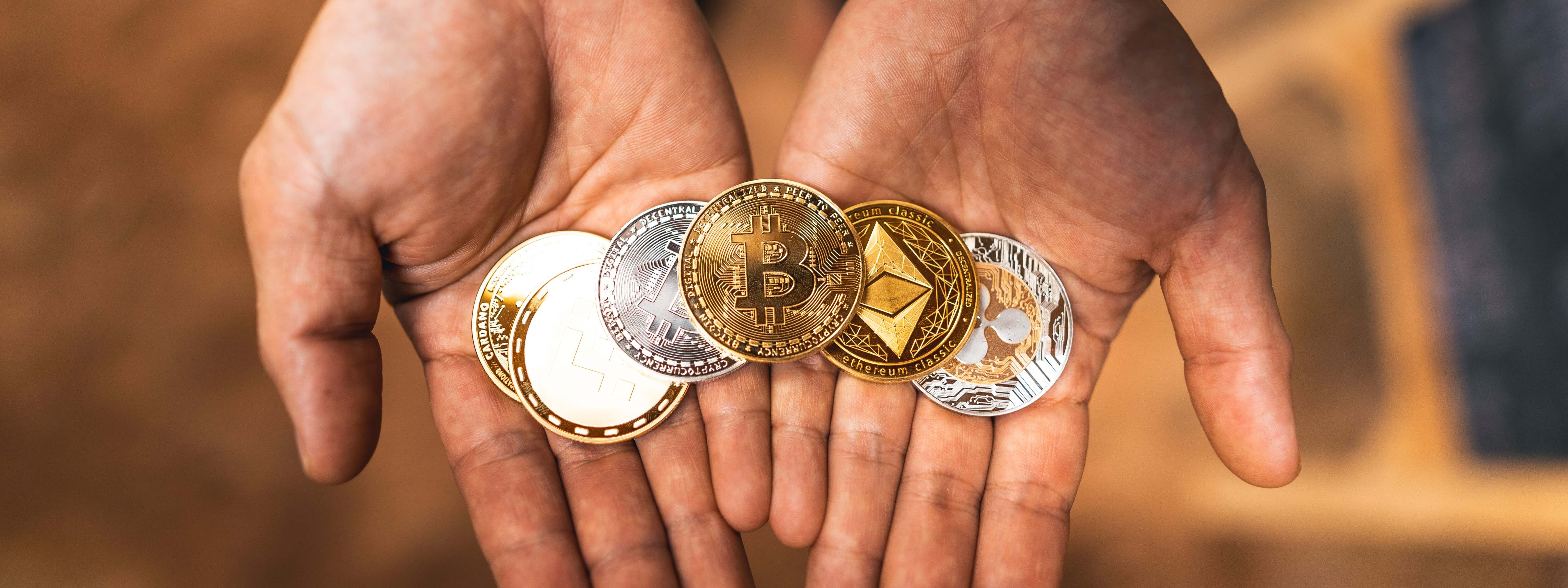-

How Much it ll cost to build an app like
- Cost to develop an Uber Tow Truck App
- Cost to develop a Pest Control App
- Cost To Develop a Handyman App Like Uber
- Cost To Develop a Doctor Appointment Booking App
- Cost To Develop An App Like MoodBites
- Cost To Develop An App Like SkipTheDishes
- Cost To Develop An App Like Q Chat
- Cost To Develop An App Like TickTick
- Cost To Develop An App Like ContractBook
- Cost To Develop An App Like Utter
-

How Much it ll cost to build an app like
- Cost to develop a Video Editing Mobile App like Magisto
- Cost to develop a Live Video Streaming App like Twitch
- Cost to develop an app like Home Workout- No equipment
- Cost to develop a Sports News app like theScore
- Cost to develop an Application like Reddit
- Cost to develop a Sports News app like theScore
- Cost to develop an E-learning platform like Udemy
- Cost to develop an On Demand Doctor App like Heal App

Creating your Crypto Wallet
Unless you’re living under a rock, you’ve probably heard about all the recent buzz surrounding things like Bitcoin, Dogecoin, and cryptocurrency. The Crypto industry is growing by the day, with many institution now buying in as well as regular, everyday civilian investors. But crypto can have a huge learning curve for some, with a variety of terms that may not make sense, to technical aspects which can be a bit difficult to explain. For the sake of this article, we’ll be outlining one of the first steps any crypto enthusiast has to take: creating your crypto wallet.
What is a Cryptocurrency Wallet?
A cryptocurrency wallet really isn’t all that different from a real world, physical wallet. Cryptocurrency wallets typically come in two forms: a software wallet, and a hardware wallet. We’ll get more into that later. A cryptucurrency wallet is protected similarly to a debit card, but it’s a bit of a different process. Instead of a PIN number, your wallet is protected by what’s known as a ‘nmeumonic sequence’ or a private key. These terms are used interchangeably, but they mean and are the same thing. They’ll typically be a 8-12 word sequence which most wallets will have you copy down. These keys allow you to access the wallets in the event you’re locked out or lose access. It’s recommended to keep a hard, written copy of all your private keys in the event you forget them or lose a digital backup.
Soft Wallets Explained
Cryptocurrency software wallets come in many forms. Some of the most widely used are TrustWallet, the VeChain THOR wallet, the Coinbase Wallet, MetaMask, and a variety of others on the market. Some wallets can only hold specific coins, where as some may only be designed to work with Ethereum based coins or Binance Smart Contracts. Soft wallets as previously stated are protected by a private key, and its often considered safer to store your funds in a soft wallet as oppose to a crypto exchange. One downside of soft wallets is they can only hold your funds, but not sell them. Your crypto can only be sold on an exchange. Additionally, some crypto wallets allow their users to “stake” their coins for passive income. For example, users of the VeChain THOR wallet receive VHO passively for holding their funds in the wallet itself.
The Dangers of Keeping Funds on an Exchange
While some cryptocurrency users opt to keep their funds or coins on an exchange, this can be dangerous. While Coinbase and Binance, among other exchanges are highly secure against hacking; this type of thing isn’t unheard of. For example, in 2014; Bitcoin exchange Mt. Gox experienced a massive hacking attack which led to close to 850,000 Bitcoin being stolen from customers and the company as well. At the time, these coins were worth close to $450 million at the time, likely being worth several billions now. Later, it was also revealed that the staff of Mt. Gox themselves may have had a hand in the hacking themselves.

Hardware Wallets: Enhanced Security, but Sacrificed Speed
Hardware wallets are commonly considered the safest way for someone to store their cryptocurrency. Hardware wallets are physical devices you can purchase, with the most popular brand being the Ledger Nano S. These devices cannot be hacked, are immune to viruses and ransomware, and can be interacted with on your computer using specific software provided by the manufacturer. However, there are some downsides to this added security. While there has been no verifiable incidents of coins being stolen from hardware wallets; they do suffer from other issues that software wallets do not. For once, hardware wallets have less liquidity; meaning it will take you much more time to transfer your coins between wallets and exchanges. Moreover, Ledger Nano while top of the line; can be a bit out of budget for those just starting out in the world of cryptocurrency. It’s also recommended to always buy your hardware wallets brand new, as second-hand wallets can be used to steal funds if the seller still has access to the hard wallets private key.
The Cold Wallet
A cold wallet is created by a private key being stored in a secure, offline environment. Cold wallets are also known as paper wallets, in which you print your private keys to a piece of paper to prevent it from being accessed digitally. In order for someone to access a cold wallet; they’ll need to physically get their hands on it. It’s recommended to keep two copies of your cold wallet keys. To create a cold wallet, you simply go through the process of making a cryptocurrency wallet of any form then storing it offline. Remember though, cold wallets can be inconvenient, will need a backup, and in emergencies they can unfortunately be destroyed by water or fires.
Whatever choice you decide to make in getting started with cryptocurrency, a wallet is a necessary step to take! Remember, you are your own bank; so don’t get lazy with making sure your account is secure!
You may like the following articles to read too:

Author
Our Partners




WhatsApp us


